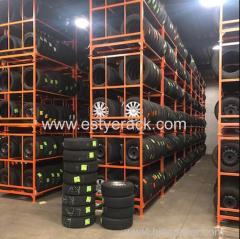
|
Weifang Estye Imp&Exp Co.,Ltd.
|
Weifang Estye Imp&Exp Co.,Ltd. [China (Mainland)]
Business Type:Manufacturer, Trading Company, Agent, Distributor/Wholesaler, Service, Association, Other
City: Weifang
Province/State: Shandong
Country/Region: China (Mainland)


